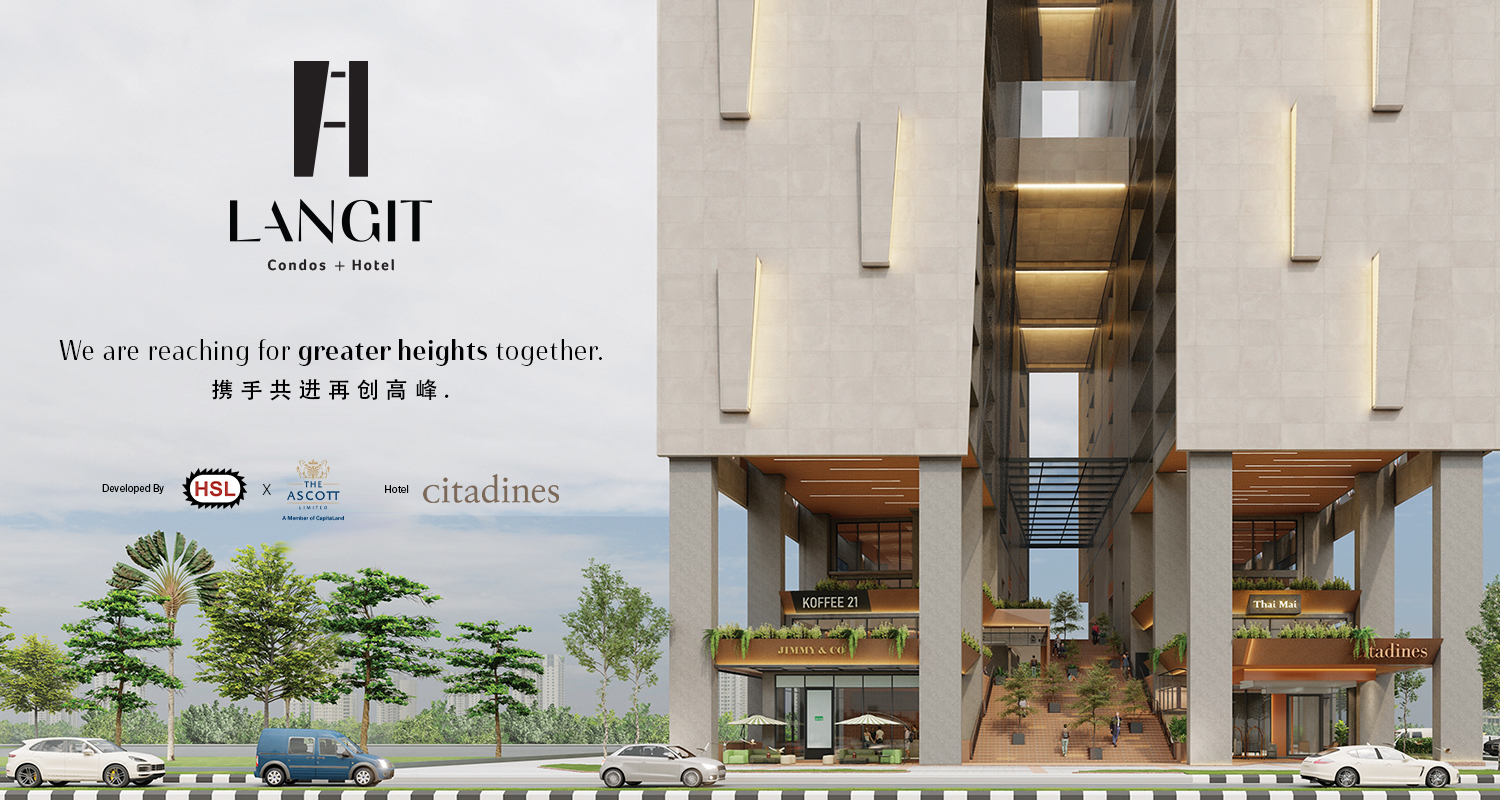
KUCHING, July 30: The proposed Sarawak Water Supply Grid Programme is envisioned to supply 100 per cent of clean or safe water supply by 2025, revealed Minister of Utilities Dato Sri Dr Stephen Rundi Utom.
He said under the Sarawak Water Supply Grid Program-Stressed Areas, there are 11 projects in Matu District costing about RM110.8 million and 11 projects costing about RM93.3 million in Kanowit District.
He made these remarks during his recent visits to Matu and Kanowit Districts’ water treatment plants to brief the local communities on the projects under the Sarawak Water Supply Grid Programme for Stressed Areas.
The visits were also to gather feedback from local elected representatives and community leaders. The feedback is crucial for the successful implementation of projects.
Currently, Jemoreng water treatment plant (WTP) is operating at 8.7 million litres per day (MLD). The plant has a 10.5 MLD capacity.
“With the proposed refurbishment and commissioning of Matu WTP, an additional capacity of 3 MLD will be available to cater for the increase in demand before the long-term water supply from Mukah is ready. This will benefit at least 12,000 people in Matu,” said Dr Rundi.
For Matu District, Dr Rundi explained that the projects included laying of a dedicated water main from Matu WTP to Kuala Matu High Level Tank (HLT) to address the low water pressure situation faced by the consumers.
In addition, about 15km of asbestos cement (AC) pipes would be replaced with more durable pipes in Matu and Igan areas.
“The new pipes will help to reduce non-revenue water (NRW) caused by the leak-prone old AC pipes. Other proposed projects include retrofitting work to improve the reliability of the present treatment facilities,” he said.
He stressed that the raw water at Jemoreng WTP had a coloured water issue, which makes it difficult and expensive to treat.
“Therefore, the long-term approach is to get the treated water supply from Mukah. The missing link between Jemoreng and Mukah is about 45km of pipelines. That has also been included in this programme,” he said.

Meanwhile, on the Kanowit WTP, Dr Rundi explained that it was now operating at the full capacity of 4.913 MLD.
“And a substantial volume of treated water for Kanowit District will eventually come from Sibu Water Board (SWB) by 2025. As such, the feasibility of extending SWB’s water supply limit to the whole area of Kanowit District will be looked into. And this will benefit at least 45,000 rakyat in Kanowit,” he said.
He said the Kanowit water treatment projects would include the laying of a dedicated water main, storage reservoir and booster station from Salim WTP along the Sibu-Bintulu Road to deliver more water for Nibong Tada and Nanga Tada, in the Kanowit area, especially to new areas along the Majau-Batu Luking-Ng Mam-Poi-Manalun Road.
“The extension of water mains complete with booster stations is also proposed for Ng. Ngemah and Mapai areas to cater for water supply to areas located at high elevation that are now experiencing low water pressure and also interruptions during festive seasons.
“Other proposed projects include retrofitting works to improve the reliability of the present treatment facilities. For other remote areas, they will be placed under Sarawak Rural Water Supply Department (JBALB)’s Sarawak Alternative Rural Water Supply (SAWAS) programme,” he said.
Accompanying Dr Rundi during the visits to the two areas were Assistant Minister of Water Supply Datuk Liwan Dagang, permanent secretary of the Ministry of Utilities Dato Alice Jawan and JBALB director Chang Kuet Shian. — DayakDaily








